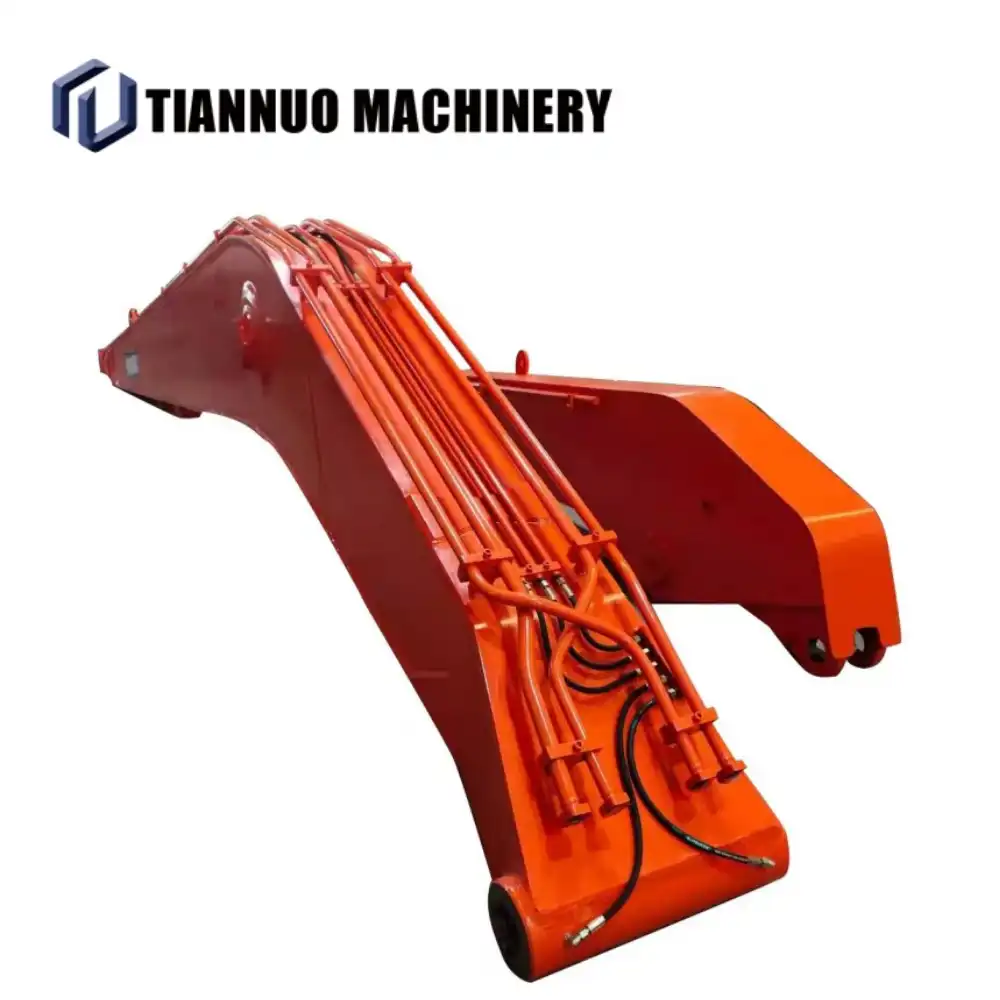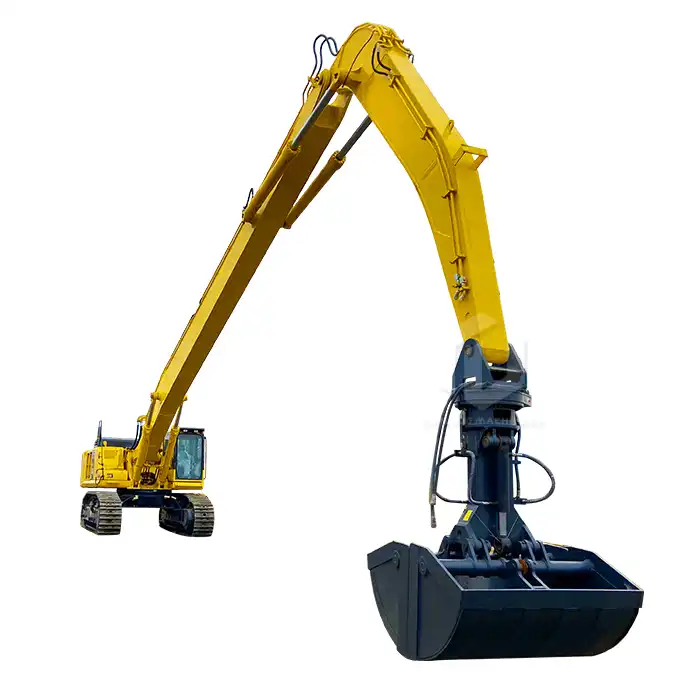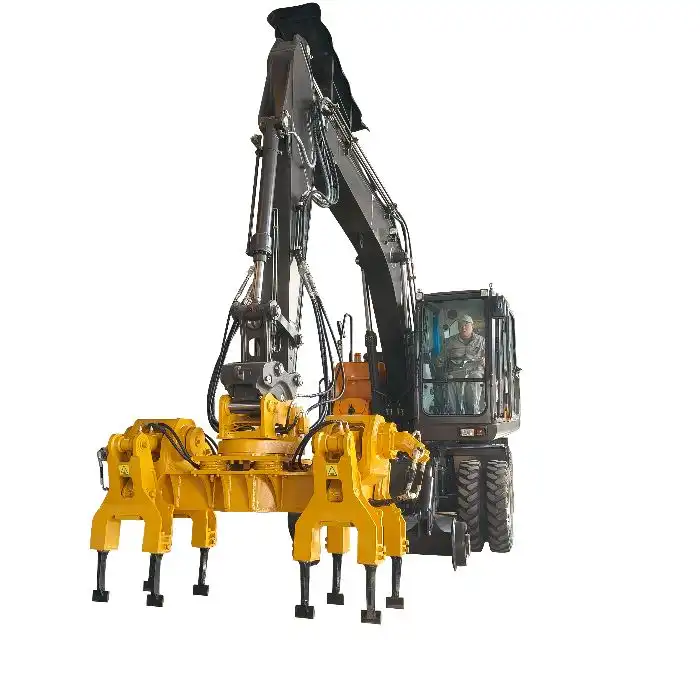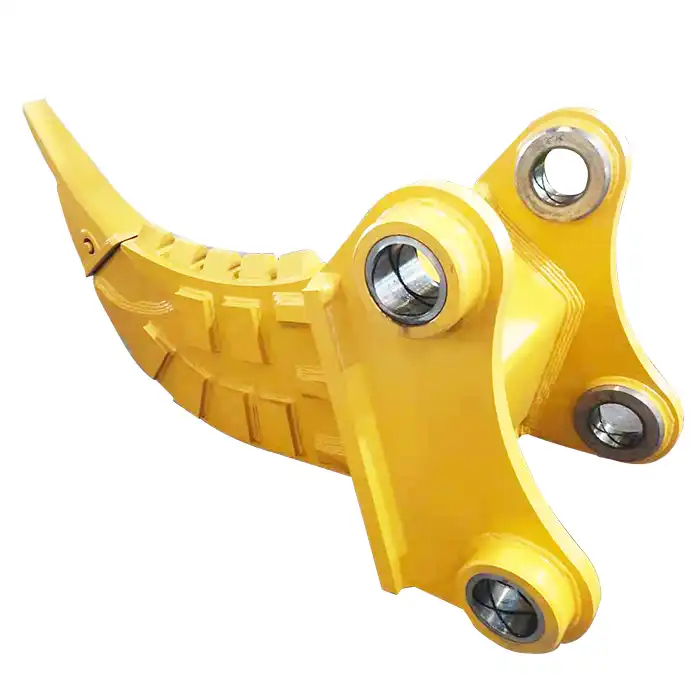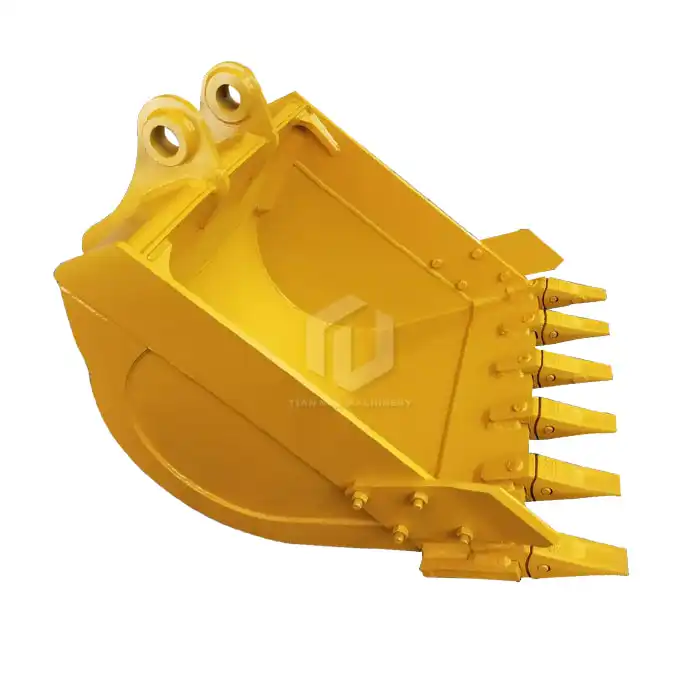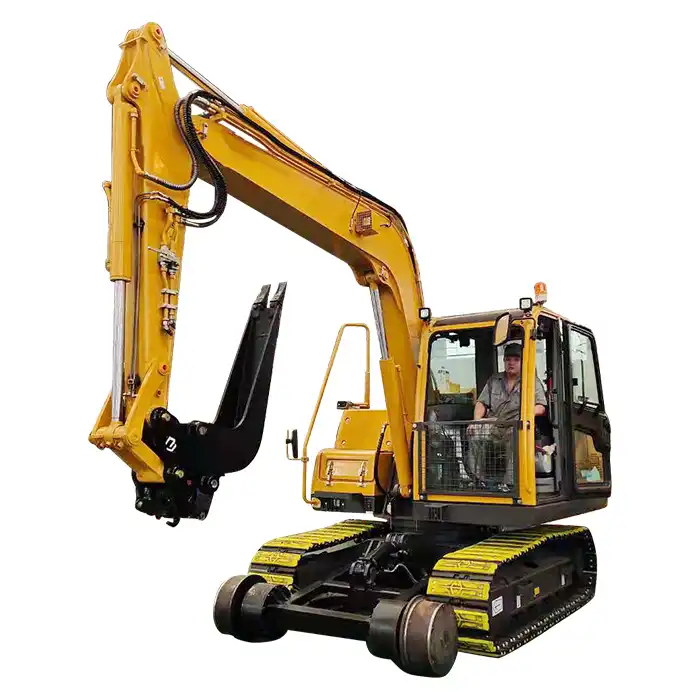How to Choose A Screening Bucket for Excavators?
Selecting the right excavator screening bucket is crucial for optimizing your construction or waste management operations. These versatile attachments can significantly boost productivity and efficiency on various job sites. To choose the ideal screening bucket, consider factors such as your excavator's capacity, the types of materials you'll be processing, and the bucket's durability. By carefully evaluating these aspects, you'll ensure that your screening bucket meets your project requirements and enhances your excavator's performance.

Matching Bucket Size To Excavator Capacity
Excavator weight and bucket size correlation
When choosing an excavator screening bucket for your excavator, it's essential to understand the relationship between your machine's weight and the appropriate bucket size. Larger excavators can handle bigger buckets, while smaller machines require more compact attachments. This correlation ensures optimal performance and prevents strain on your equipment.
Generally, mini excavators (1-6 tons) work well with screening buckets ranging from 0.2 to 0.5 cubic meters. Mid-size excavators (7-25 tons) can accommodate buckets between 0.5 and 1.5 cubic meters. For heavy-duty excavators (26+ tons), screening buckets with capacities of 1.5 cubic meters or more are suitable.
Calculating optimal bucket capacity for your excavator
To determine the ideal bucket capacity, consider your excavator's lifting capacity and hydraulic flow rate. A good rule of thumb is to choose an excavator screening bucket that weighs no more than 75% of your excavator's maximum lifting capacity at full extension. This ensures safe operation and prevents overloading.
Calculate the required hydraulic flow by multiplying the bucket's volume by the desired number of cycles per minute. Make sure your excavator can provide this flow rate to achieve optimal screening performance.
Importance of proper bucket-to-excavator ratio for efficiency
Maintaining the right balance between your excavator and screening bucket is crucial for maximizing efficiency. An oversized bucket may slow down your operations and put unnecessary stress on your machine. Conversely, an undersized bucket might not fully utilize your excavator's capabilities, leading to reduced productivity.
Aim for a bucket that allows your excavator to operate at 80-90% of its full capacity. This sweet spot ensures you're getting the most out of your equipment without compromising safety or performance.

Considering material types and screening needs
Selecting mesh sizes for different screening applications
The mesh size of your excavator screening bucket plays a vital role in determining the final product quality. Different applications require various mesh sizes to achieve the desired results. For example, topsoil screening typically uses mesh sizes between 20-40mm, while aggregate screening may require larger openings of 50-100mm.
Consider the following mesh size ranges for common applications:
- Fine soil and compost: 10-20mm
- Landscaping materials: 20-40mm
- Construction waste recycling: 40-60mm
- Large aggregates and demolition debris: 60-100mm
Some screening buckets offer interchangeable mesh panels, allowing you to adapt to different projects without purchasing multiple attachments.
Adapting to various materials: soil, aggregates, and debris
Your screening bucket should be versatile enough to handle the range of materials you encounter on job sites. Look for buckets designed to process various materials, including:
- Topsoil and organic matter
- Sand and gravel
- Construction and demolition waste
- Asphalt and concrete rubble
- Railway ballast
Some buckets feature specially designed screening drums or star-shaped rotors that can effectively separate wet or sticky materials without clogging. These innovations can significantly improve your productivity when dealing with challenging materials.
Maximizing versatility with adjustable screening configurations
To get the most value from your investment, consider excavator screening buckets with adjustable configurations. Some models offer:
- Variable speed controls to fine-tune material flow
- Reversible drum rotation for improved material mixing
- Adjustable screening angles to optimize separation efficiency
- Quick-change mesh panels for rapid adaptation to different projects
These features enhance your bucket's versatility, allowing you to tackle a wider range of tasks without switching attachments or compromising on quality.

Evaluating durability and maintenance requirements
High-resistant steel construction for harsh environments
When selecting an excavator screening bucket, prioritize models constructed with high-strength, wear-resistant steel. This material ensures longevity and reliability, even in demanding work environments. Look for buckets featuring:
- Hardened steel drums or rotors
- Reinforced side plates
- Wear-resistant cutting edges
- Durable mesh panels or screening elements
These features contribute to a longer service life and reduced downtime for repairs, ultimately saving you money and increasing productivity.
Assessing hydraulic systems and transmission solutions
The hydraulic system is the heart of your excavator screening bucket. Evaluate the following aspects to ensure smooth operation and minimal maintenance:
- High-quality hydraulic motors with robust seals
- Protected hydraulic hoses and fittings
- Efficient transmission systems (e.g., chain drive or direct drive)
- Easy access points for hydraulic maintenance
Some manufacturers offer screening buckets with integrated hydraulic systems, reducing the risk of external damage and simplifying maintenance procedures.
Long-term cost considerations: maintenance vs. performance
While initial purchase price is important, consider the long-term costs associated with your screening bucket. Factors to evaluate include:
- Frequency of required maintenance
- Availability and cost of spare parts
- Ease of component replacement
- Potential for refurbishment or rebuilding
Investing in a higher-quality excavator screening bucket may result in lower overall costs due to increased durability, reduced downtime, and improved performance over its lifespan.
FAQ
1. What is the ideal screening bucket size for a 20-ton excavator?
For a 20-ton excavator, a screening bucket with a capacity between 1.0 and 1.5 cubic meters is typically suitable. However, always consult the manufacturer's recommendations and consider your specific application needs.
2. Can I use a screening bucket for wet materials?
Yes, many modern excavator screening buckets are designed to handle wet materials. Look for models with specially designed drums or star-shaped rotors that prevent clogging and ensure efficient separation of moist soil or aggregates.
3. How often should I maintain my excavator screening bucket?
Maintenance frequency depends on usage and working conditions. Generally, perform daily visual inspections, weekly lubrication of moving parts, and monthly thorough checks of the hydraulic system and wear components. Follow the manufacturer's maintenance schedule for optimal performance.
4. Are there eco-friendly benefits to using a screening bucket?
Yes, excavator screening buckets contribute to environmental sustainability by enabling on-site material recycling, reducing transportation costs, and minimizing waste sent to landfills. They help in efficient resource management and support circular economy practices in the construction and waste management industries.
5. Can I rent a screening bucket instead of buying one?
Many equipment rental companies offer excavator screening buckets for short-term use. Renting can be a cost-effective solution for occasional projects or when testing different models before making a purchase. However, if you frequently need a screening bucket, buying one may be more economical in the long run.
China Excavator Screening Bucket Supplier
Choosing the right screening bucket for an excavator requires careful consideration of your excavator's capacity, material processing needs, and long-term operational costs. By matching the bucket size to your machine, selecting appropriate mesh sizes, and prioritizing durability, you'll maximize efficiency and productivity on your job sites. Remember to evaluate the versatility and maintenance requirements of different models to ensure you're making a sound investment that will serve your projects well for years to come.
TianNuo Machinery stands out as a leading manufacturer of excavator attachments in China, offering a wide range of high-quality products. Their expertise extends to railway maintenance equipment, excavator modifications, engineering arms, and various excavator accessories. TianNuo's excavator screening bucket boasts impressive specifications, including a customizable bucket capacity of 0.4 m³, grid specifications of 55 x 55 mm, and robust construction using Q460 and WH60C materials. These buckets are particularly well-suited for railway ballast screening operations. For more information or inquiries about their products, contact us at rich@stnd-machinery.com.
References
- Construction Equipment Magazine: "Selecting the Right Screening Bucket for Your Excavator"
- Journal of Construction Engineering: "Optimizing Material Separation in Excavation Projects"
- Waste Management Today: "Innovative Screening Solutions for Construction Site Recycling"
- Heavy Equipment Guide: "Maximizing Excavator Efficiency with Specialized Attachments"
- Environmental Science & Technology: "On-Site Material Recycling: Impact on Construction Waste Reduction"
- International Journal of Mining and Mineral Engineering: "Advancements in Screening Technology for Aggregate Processing"
About Author: Arm
Arm is a leading expert in the field of specialized construction and railway maintenance equipment, working at Tiannuo Company. Tiannuo specializes in manufacturing a wide range of products, including railway maintenance equipment like railway sleeper changing machines and screening machines, excavator modification equipment such as excavator lifting cabs, various engineering arms for excavators, excavator accessories like digging buckets, and engineering vehicle auxiliary equipment like loader buckets.

_1756791633631.webp)
